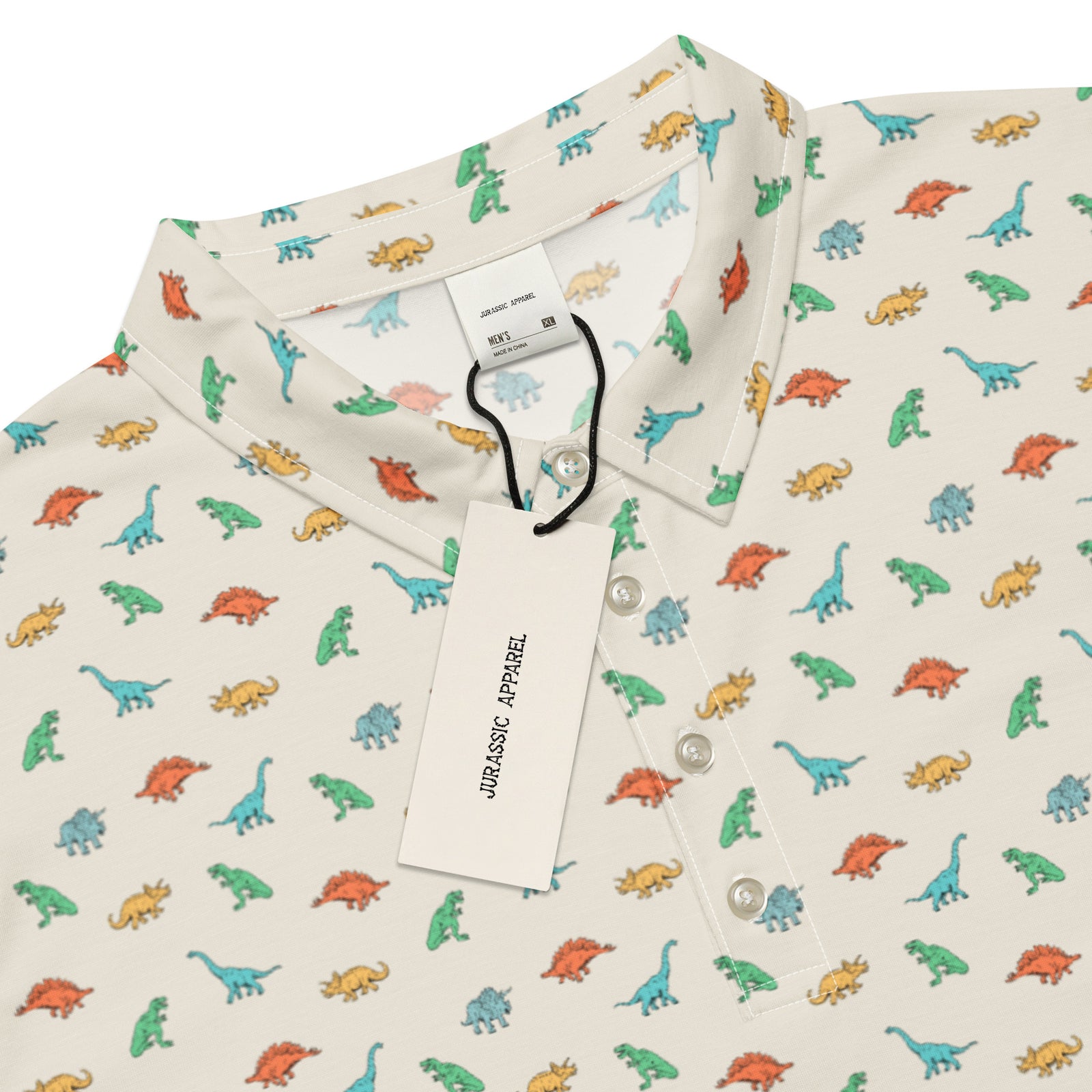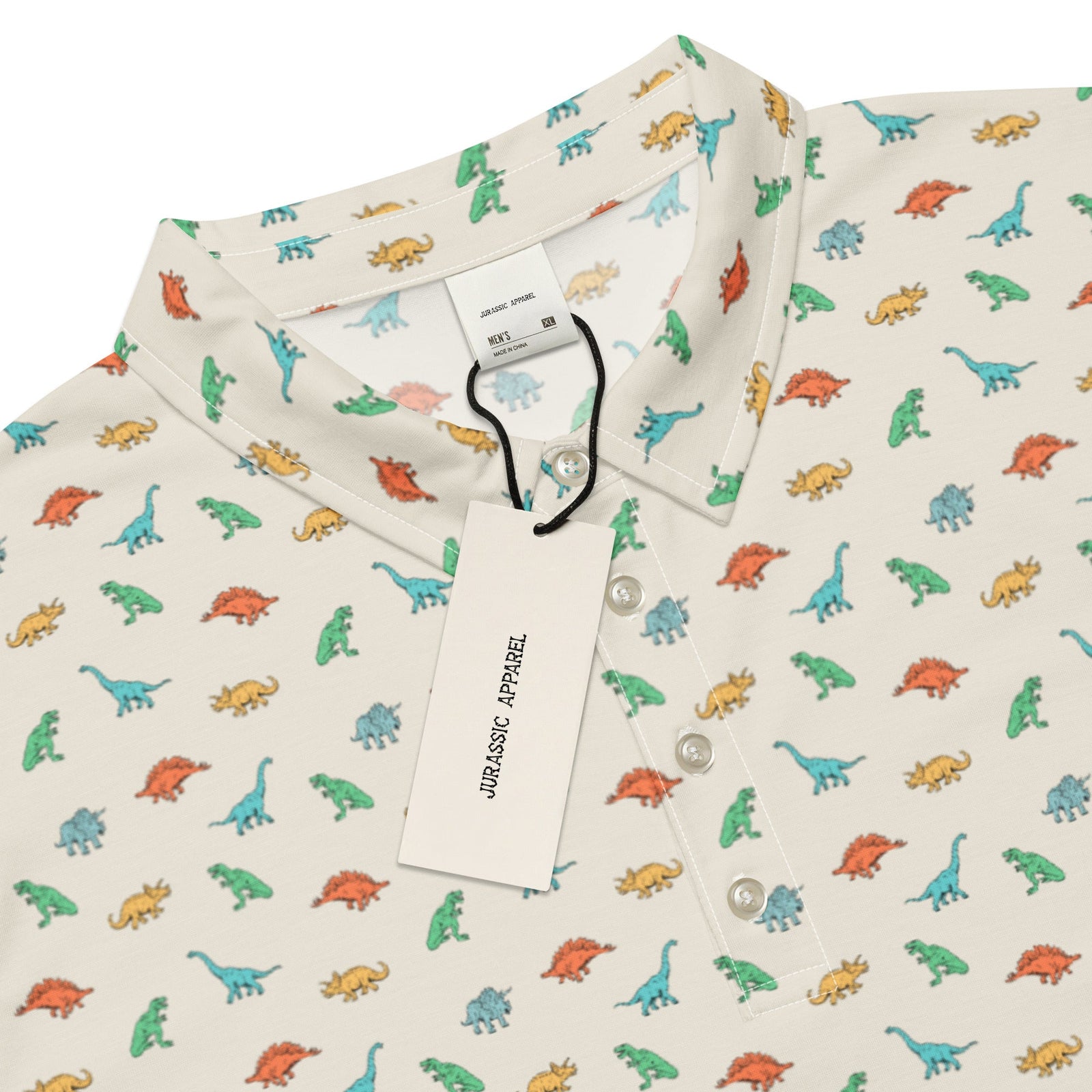Free Shipping On Orders over $75
Free Shipping On Orders over $75
Women's
Men's
Kids
Baby/Toddler
Accessories
Guaibasaurus
August 02, 2024 2 min read

(AI Interpretation)
Guaibasaurus: The Fascinating Dinosaur
Dinosaur Facts:
- Dinosaur Type: Theropod
- Period: Late Triassic
- Diet: Carnivore
- Length: Approximately 15 feet (4.5 meters)
- Height: About 5 feet (1.5 meters)
- Weight: Estimated around 400 pounds (181 kg)
- Notable Features: Slender build with long limbs and sharp teeth.
Guaibasaurus for Kids
Meet Guaibasaurus! Guaibasaurus is a fascinating dinosaur that roamed the Earth during the Late Triassic period, around 230 million years ago. Known for its unique blend of characteristics, Guaibasaurus is a perfect example of early theropods.
What did Guaibasaurus look like? Guaibasaurus was a relatively small theropod with a slender body, long legs, and a long tail, which helped it balance while running. It had sharp teeth designed for a carnivorous diet and was likely covered in feathers.
What did Guaibasaurus eat? As a carnivore, Guaibasaurus likely feasted on small animals and possibly insects. Its sharp teeth suggest it was well-equipped to catch and consume prey.
In-Depth Look at the Guaibasaurus
Anatomy and Physical Features Guaibasaurus exhibits a blend of primitive and derived features. Its long limbs suggest it was a fast runner, capable of evading larger predators. Fossil evidence indicates it possessed a lightweight skull with sharp dentition, characteristic of carnivores.
Behavior and Habitat This dinosaur lived in what is now Brazil, in a semi-arid climate with a mix of open habitats and dense vegetation. Like many theropods, it may have exhibited solitary behavior or, alternately, could have been part of a pack.
Scientific Discovery and Research The first fossils of Guaibasaurus were discovered in the 1990s and have provided critical insights into the early evolution of theropods. Ongoing studies, including those published in reputable journals such as the Journal of Vertebrate Paleontology, continue to shed light on its biology and ecology.
Social Behavior and Hunting Techniques While we have limited evidence regarding Guaibasaurus's social behavior, its morphology suggests it was well-adapted for hunting. Its speed and agility would have facilitated the pursuit of smaller prey, making it a formidable hunter.
Guaibasaurus in Popular Culture Although not as widely known as dinosaurs like Tyrannosaurus rex or Velociraptor, Guaibasaurus has made its mark in scientific literature and paleontological discussions, representing the diversity of theropods during the Triassic period. You can explore more about dinosaurs in popular culture through sites like Jurassic Apparel.
Ongoing Research and Discoveries Researchers are continuously uncovering new fossils, which may lead to interesting discoveries about Guaibasaurus's relatives and its place in the broader scope of dinosaur evolution. Fossil collections, such as those at the American Museum of Natural History, feature important finds that increase our understanding of these prehistoric creatures.
Conclusion Guaibasaurus is an intriguing window into the life of early dinosaurs. Its adaptations and hunting strategies highlight the evolutionary paths that led to the diverse range of theropods we know today. With ongoing discoveries in the field of paleontology, who knows what more we'll learn about this remarkable dinosaur?














